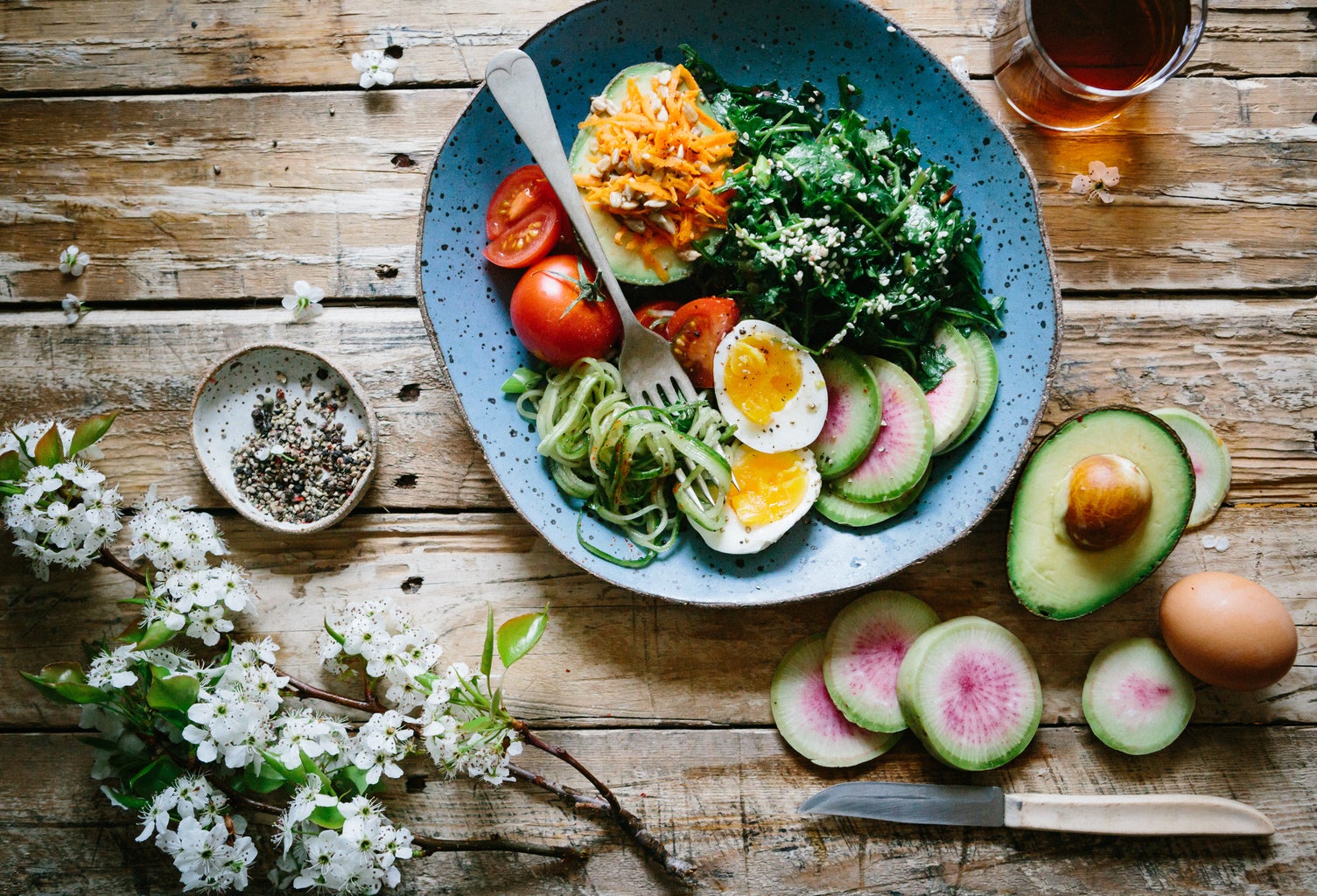Recently, the “that girl” trend has been all over social media. Whether you are scrolling on TikTok or Instagram, you can easily find clips of “that girl” living a healthy and productive lifestyle. The stereotypical “that girl” wakes up early in the morning, eats healthy, works out, practices self care all while balancing school and work simultaneously. Many people admire how she always has her life together and they all want to be her. Our society has always been obsessed with the hustle culture and maximizing productivity, hence many people are participating in the “that girl” trend. This trend also rose to popularity because of the idea of “romanticizing your life,” where people learn to appreciate life by romanticizing the everyday things they do.
The “that girl” trend started with the intention to inspire others to be the best version of themselves while putting emphasis on physical and mental wellness. Unlike other popular aesthetics, the “that girl” trend focuses less on aesthetically pleasing visuals and clothing styles; instead, it encourages self-fulfillment and achieving goals. Viewers often find “that girl” videos satisfying to watch and find themselves more motivated and inspired after watching. These videos not only promote healthy habits but also provides structured routines that can guide those who are struggling to find balance in life. As more and more people create “that girl” content, this trend generates a large discussion where women from all over the world share tips and tricks on how they better themselves, creating a community of women who help and support each other to live their best lives.
While the “that girl” trend is all about self-improvement, this trend can easily become problematic and potentially toxic. For many people, “that girl” is the idealized version of themselves that they strive to become. However, social media only presents one version of “that girl”: someone who wakes up at 5 am to work out and journal, do her skincare, eat healthy food and drink smoothies, and stay productive throughout the day. But this is not reality. The reality is everyone’s “that girl” looks totally different since we all have different goals and aspirations. Just because “that girl” on TikTok wakes up early and drinks smoothies, does not necessarily mean that you like to wake up early and drink smoothies as well. In addition, social media portrays “that girl” as someone who has everything and lives a perfect life. It fails to include the bad days and hard times that everyone experiences, constructing unrealistic standards while making it seem like it is possible to achieve a perfect life. The truth is nobody’s life is perfect. Furthermore, this trend allows for people to compare themselves with “that girl” on social media, who might feel guilty and bad about themselves if they do not look or act like “that girl”. This might unintentionally lead to more insecurities, invalidation, and self-doubt, causing harm to one’s self-esteem and mental health instead of improving it.
The “that girl” trend has really got me thinking about what my own version of “that girl” is. While I wish to practice more self-care and develop healthier habits like “that girl,” I have other things in my life that I want to prioritize over waking up early and constantly studying. So here is what I have learned from this trend: learn how to create your own version of “that girl” and build a personalized routine that would help you to achieve your goals. Sure, you can take inspiration from TikTok’s “that girl” to become more productive and motivated, but don’t give it the power to control what you want to do with your life. After all, you are the only person who knows what you want in life, so become your own version of “that girl” instead.




